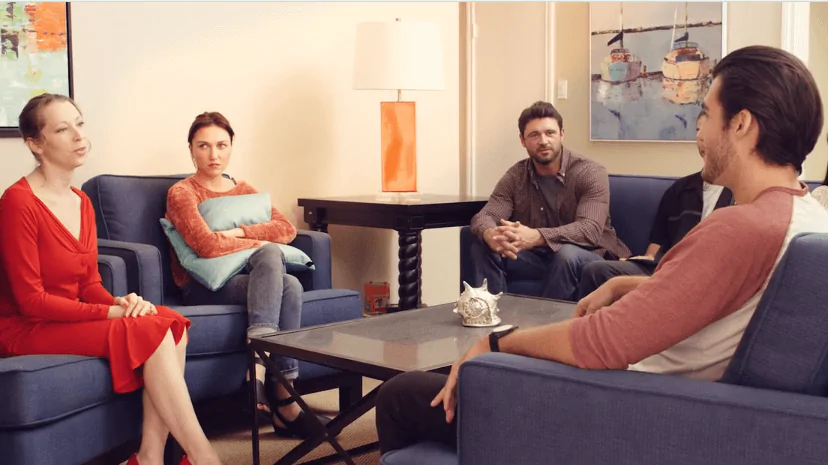24/7 Helpline:
(866) 899-221924/7 Helpline:
(866) 899-2219
Learn more about Cocaine Rehab centers in Blue Eye

Other Insurance Options

Medical Mutual of Ohio

Optima

Amerigroup

Molina Healthcare

Excellus

BlueCross

Absolute Total Care

Health Partners

Sutter

Self-pay options

Coventry Health Care

Holman Group

MHNNet Behavioral Health

GEHA

Access to Recovery (ATR) Voucher

AllWell

UMR

Carleon

Multiplan

United Health Care












